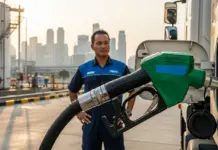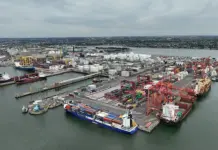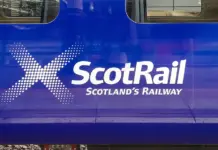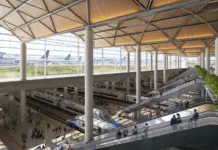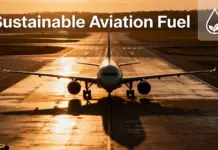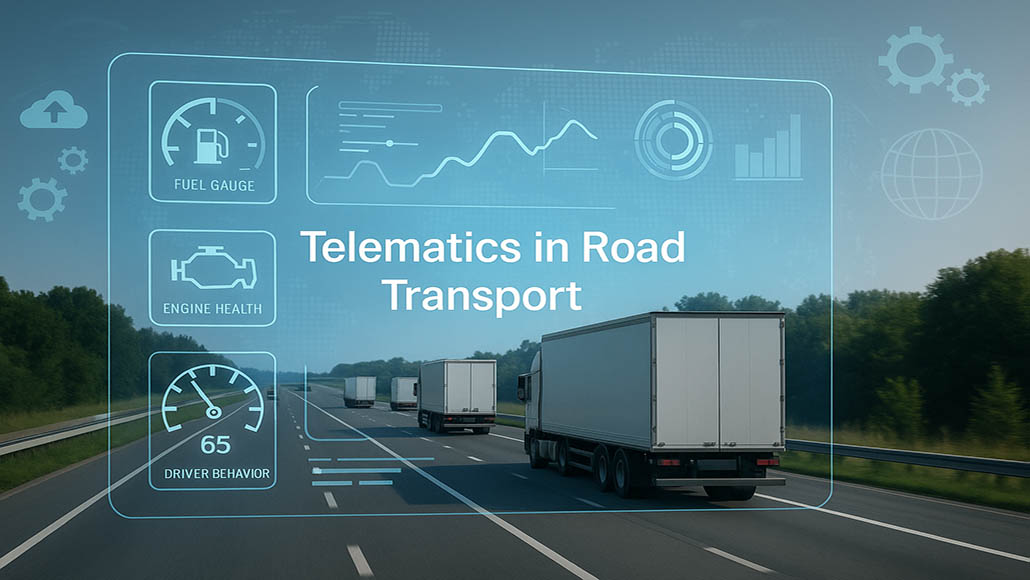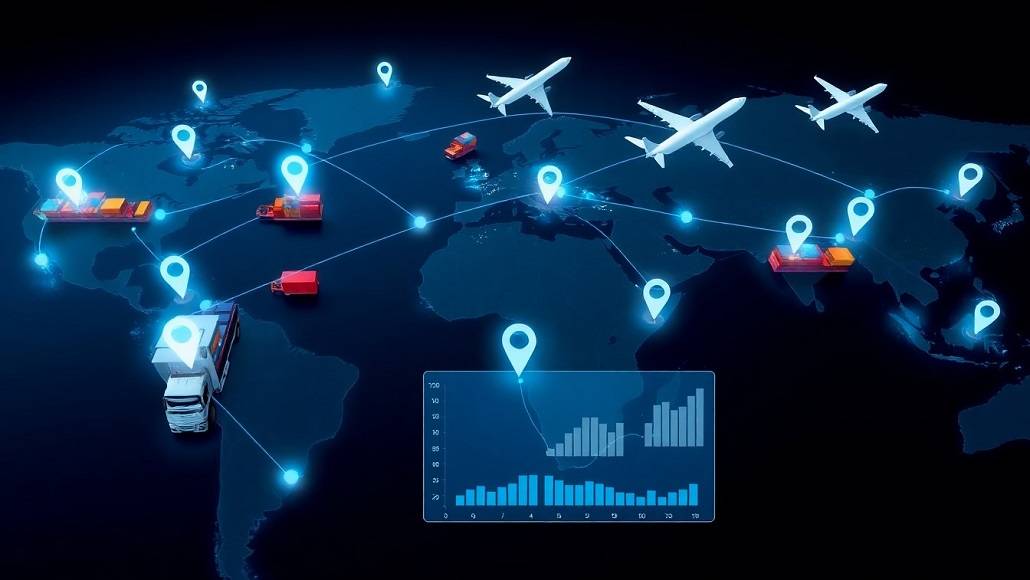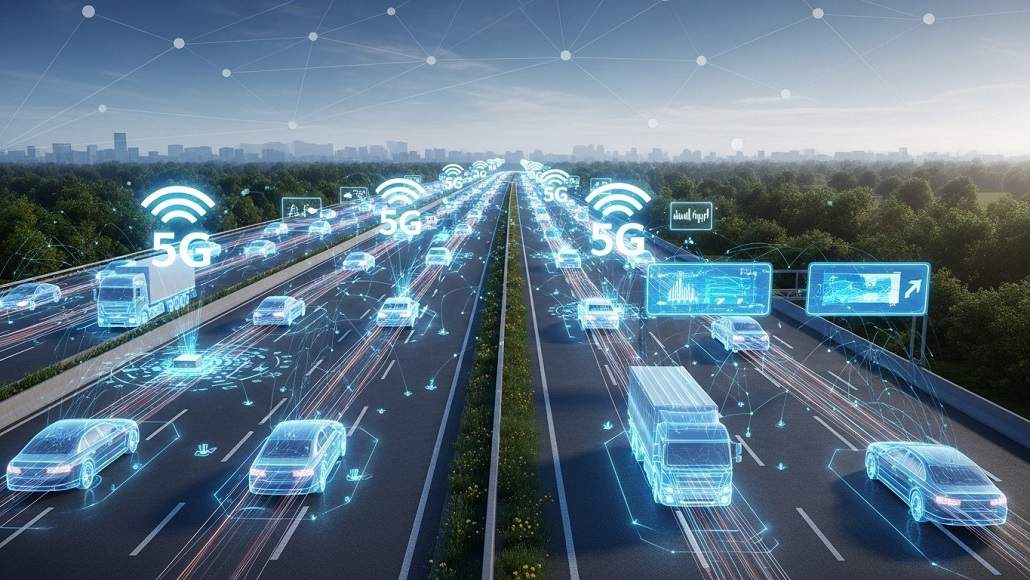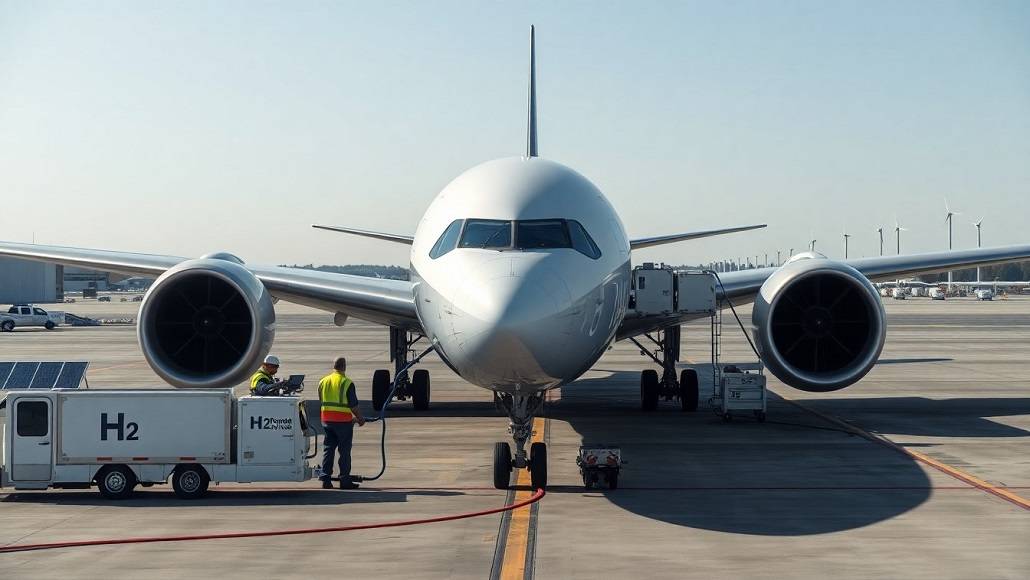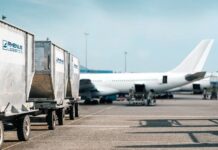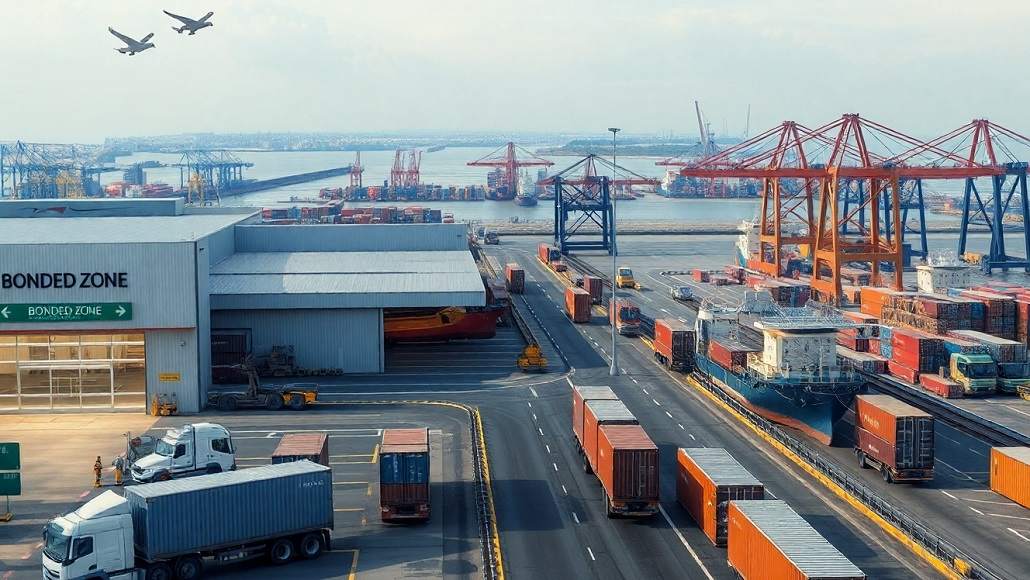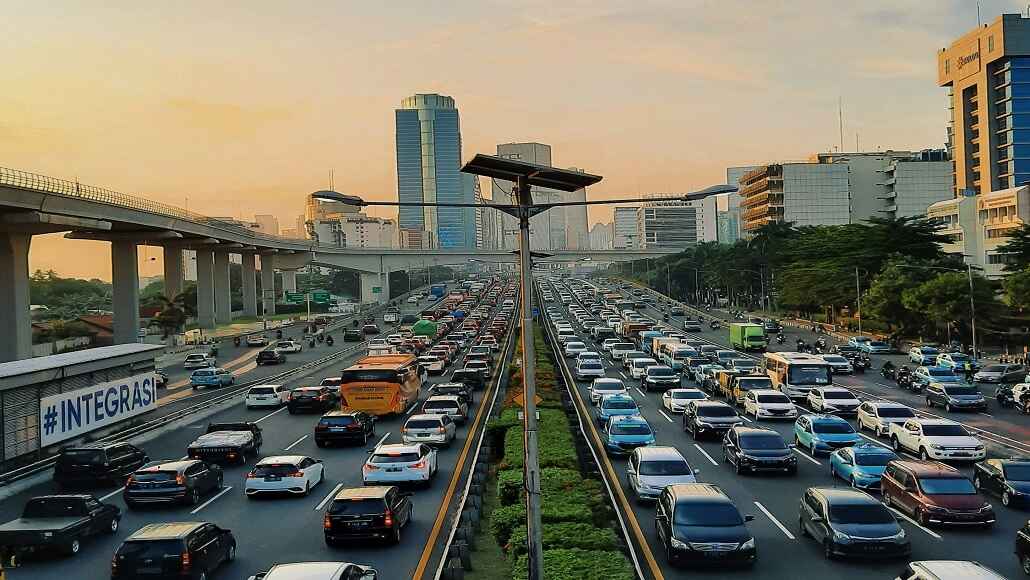In transport depots across continents, something fundamental is changing, not in the trucks themselves, but in how they’re seen, understood, and managed. Telematics in transport, once considered a niche upgrade for fleet-heavy corporations, has now become a vital component in the day-to-day operations of road logistics. For dispatchers, logistics leads, and operations directors alike, the question has matured into something powerful: “how is this truck performing, and what can I do with that knowledge right now?”
At a glance, telematics might still look like a dashboard of blinking dots on a map. But dig deeper, and it reveals a living network—one where driver behaviour, vehicle health, route precision, and fuel use are all being captured and used to make better decisions. And in a world where margins are tight, delivery windows narrow, and customers less forgiving of delays, that kind of visibility is turning into a must-have rather than a bonus feature.
This is not only a digital shift but also one in the way transport is thought about, designed, and delivered. Companies have acquired real-time road data tracking and interpreting capability, allowing the same amount of precision they put into their finances or inventory management to be harnessed in steering the fleets. And the upshot? Faster response times, fewer surprises, and smart, all-around operations.
From Visibility to Efficiency: The Telematics Operating Lens
Previously, having knowledge of a vehicle’s location was sufficient. Such visibility addressed short-term issues—delays, route misunderstandings, or late deliveries. But over time, as fleets grew larger and customer expectations sharpened, logistics teams began asking for more, like if it’s possible to anticipate engine trouble before it happens and to optimise the route based on fuel efficiency and not just speed.
Those questions shaped what telematics has become today: a full-spectrum view of road operations. Most systems now relay live engine diagnostics, driver inputs, and location data back to a central command in real time.
Many regions with freight corridors have embraced these changes. Few national transport authorities are beginning to examine aggregated fleet data to understand congestion zones, plan maintenance projects, and even adjust policies for commercial road use. The line between private operations and public infrastructure is blurring—and telematics in road transport is right at that intersection.
What Road Transport Gains from Telematics
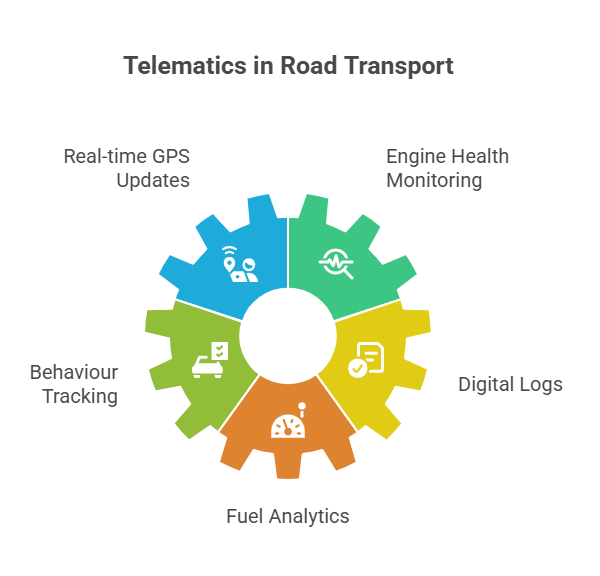
Across fleet operations globally, telematics is providing transport teams with measurable, daily value. These core capabilities are now standard in many logistics environments:
- Real-time GPS updates allow for responsive route planning when conditions change unexpectedly.
- Engine health monitoring enables managers to deal with mechanical issues prior to them turning into roadside emergencies.
- Behaviour tracking enables companies to determine habits, such as rapid acceleration or extended idling, that can be corrected through training.
- Digital logs automate hours-of-service compliance, enabling fleets to comply with global standards without manual tracking.
- Fuel analytics minimise waste by pointing out inefficient driving habits or older routing patterns.
These features do not operate in isolation. Working together, they create a responsive transportation system—one that responds to what’s taking place on the road minute by minute, instead of at the close of the week or month.
Industry Applications: Customizing Telematics for Business Purposes
Not all fleets deploy telematics identically—nor should they. For some carriers, particularly those hauling sensitive goods such as food or pharmaceuticals, temperature monitoring is paramount. In those cases, alerts can be set to warn employees if refrigeration units fall below or exceed safe temperatures while in transport. For others, such as heavy material carriers, vehicle weight sensors with location tracking enable automated billing and site monitoring.
In cross-border contexts, telematics aids in synchronising route adherence across borders. When a vehicle moves between places with varying operating hour restrictions or road tolls, the data offers a clean account of vehicle usage and downtime—a significant concern in regulatory inspections.
A few municipalities and transportation agencies are also investigating how anonymised data from business fleets can inform infrastructure choices. With this information, public agencies can better see where trucks regularly idle or decelerate because of road quality and direct repairs accordingly or redesign intersections.
Sustainability and Emission Reduction: A Critical New Frontier
As decarbonisation targets get tighter internationally and consciousness grows among the public, the issue is no longer whether the businesses cut emissions but how. Telematics provides a concrete way forward.
Through the examination of trip-level measurements of idle time, fuel usage, and driving behaviour, transport managers can identify where emissions are creeping in—and act to change it. Even small reductions in route design or driving practice can lead to significant fuel savings, which, at the fleet level, result in significant carbon reductions.
Global energy agencies have noted that these kinds of digital interventions, like optimising transport through smart systems, could reduce freight-related emissions by 10 to 20% if adopted broadly. And while many companies are working toward electrification or alternative fuels, telematics in road transport helps them make smarter choices about where to start and how to measure their progress.
Integration with Enterprise Systems: Bridging Silos
The most forward-looking telematics platforms aren’t isolated tools—they’re integrated as part of the broader digital ecosystem. Increasingly, these systems connect directly with enterprise software: warehouse management platforms, customer service portals, billing platforms, and dispatch software.
This builds a single feedback loop. If a truck indicates a maintenance problem, that notification can go directly into a technician’s work queue. If a delivery is delayed, a customer dashboard updates in real time. Even payroll systems benefit, with driver hours feeding directly into attendance records.
This integration results in transport operations no longer being isolated. They’re part of the business intelligence pipeline—offering the same degree of insight and control as sales, inventory, or procurement information. And in a competitive environment, that level of alignment is becoming increasingly important.
A Human-Driven Transition
One significant change brought by telematics is how it alters the daily rhythm of people’s work. Managers now walk into meetings with full visibility on fleet performance, not just anecdotal updates. Drivers, too, have access to performance feedback that helps them improve—not through penalties, but through shared goals.
That shift is cultural as much as technological. When people work with clear, real-time information, trust tends to rise. Decisions get faster. Misunderstandings fade. And accountability becomes a shared priority.
In the end, telematics in road transport isn’t just a digital upgrade. It’s a human one—empowering better judgement and a more connected way of working across the board.
Conclusion
Telematics now drives the very way road transport operators think about, plan for, and execute—not in theory, but in real, day-to-day life. From safety and compliance to customer satisfaction and environmental goals, it’s influencing results in real time.
As systems mature and fleets become more connected, this value only increases. And those companies that treat telematics as a core operating system and not just a feature are likely to set the pace in the years to come. The road ahead is digital, data-driven, and deeply human. Telematics, quietly and steadily, is leading the way.




